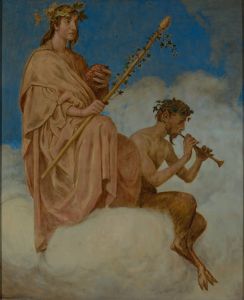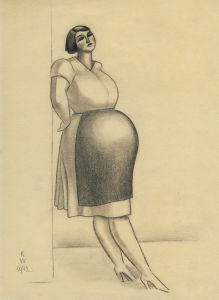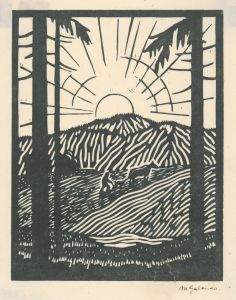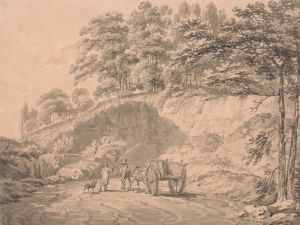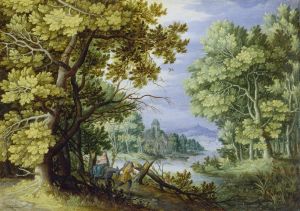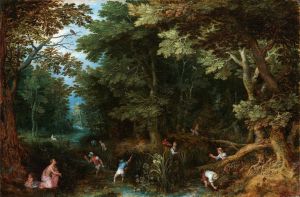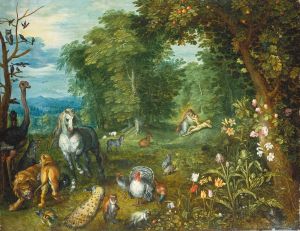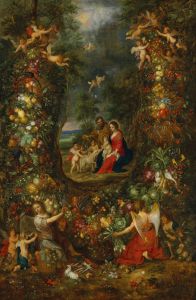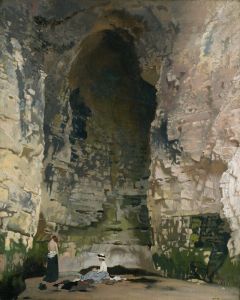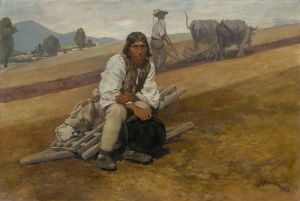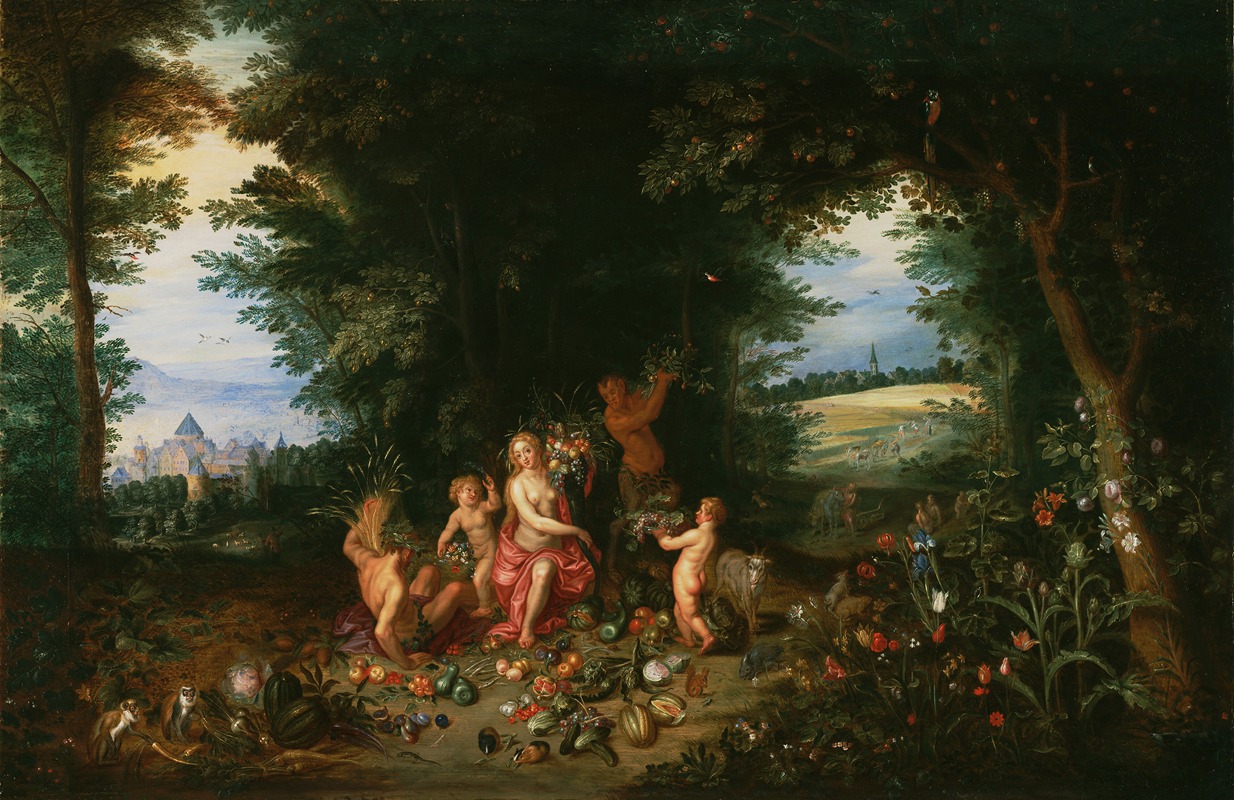
Landscape With Ceres
A hand-painted replica of Jan Brueghel the Younger’s masterpiece Landscape With Ceres, meticulously crafted by professional artists to capture the true essence of the original. Each piece is created with museum-quality canvas and rare mineral pigments, carefully painted by experienced artists with delicate brushstrokes and rich, layered colors to perfectly recreate the texture of the original artwork. Unlike machine-printed reproductions, this hand-painted version brings the painting to life, infused with the artist’s emotions and skill in every stroke. Whether for personal collection or home decoration, it instantly elevates the artistic atmosphere of any space.
"Landscape With Ceres" is a painting by Jan Brueghel the Younger, a Flemish Baroque painter known for his detailed landscapes and allegorical scenes. Jan Brueghel the Younger was born in 1601 in Antwerp, the son of Jan Brueghel the Elder, who was also a renowned painter. He continued his father's legacy by producing works that were rich in detail and vibrant in color.
The painting "Landscape With Ceres" depicts the Roman goddess Ceres, who is associated with agriculture, grain crops, fertility, and motherly relationships. In Roman mythology, Ceres is equivalent to the Greek goddess Demeter. The painting is an allegorical representation, showcasing Ceres in a lush, fertile landscape that symbolizes abundance and the bounties of nature.
In the artwork, Ceres is typically portrayed with attributes that signify her connection to agriculture, such as sheaves of wheat, a cornucopia, or a sickle. The landscape around her is meticulously detailed, featuring a variety of plants, trees, and possibly animals, which are characteristic of Jan Brueghel the Younger's style. His works often include intricate depictions of flora and fauna, reflecting his keen observation of nature.
Jan Brueghel the Younger was known for his collaboration with other artists, including Peter Paul Rubens. However, "Landscape With Ceres" is a standalone piece that highlights his individual talent and his ability to create complex compositions that are both visually appealing and rich in symbolic meaning.
The painting is part of the broader tradition of Flemish Baroque art, which is known for its emphasis on realism, attention to detail, and vibrant use of color. This period in art history was marked by a flourishing of artistic activity in the Southern Netherlands, particularly in cities like Antwerp, where Jan Brueghel the Younger spent most of his life.
"Landscape With Ceres" exemplifies the Baroque fascination with nature and mythology, blending the two to create a scene that is both idyllic and imbued with deeper meaning. The painting invites viewers to appreciate the beauty of the natural world while also contemplating the mythological and allegorical significance of the figures depicted.
Jan Brueghel the Younger continued to paint and produce art until his death in 1678. His works, including "Landscape With Ceres," remain significant contributions to the Baroque period and are appreciated for their artistic merit and historical value. Today, his paintings can be found in various museums and private collections around the world, where they continue to be studied and admired for their intricate detail and masterful execution.





